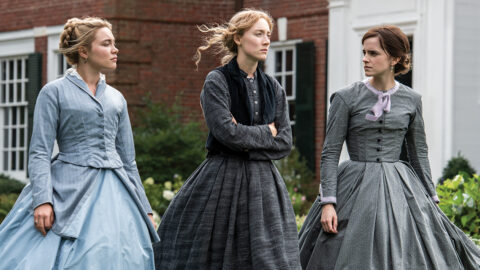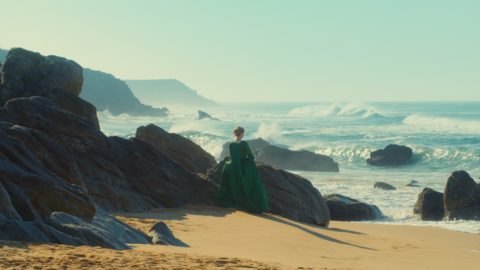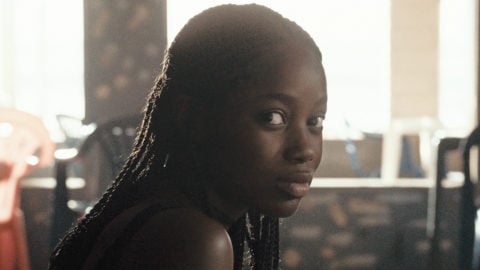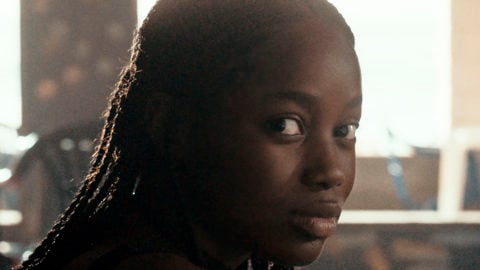Interview: Claire Mathon
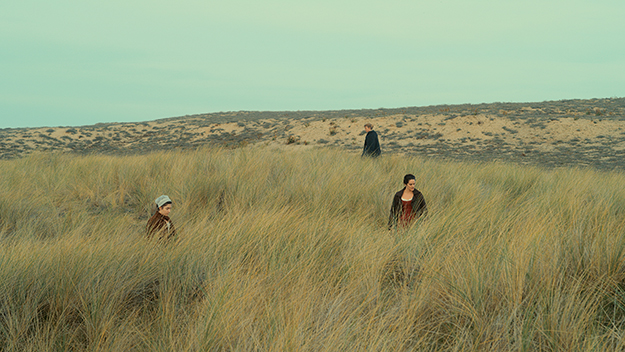
Portrait of a Lady on Fire (Céline Sciamma, 2019)
Masterfully crafted by cinematographer Claire Mathon, the images of Céline Sciamma’s 18th-century-set Portrait of a Lady on Fire vibrate with sensuality, grace, and warmth. Wielding the camera like a brush, Mathon thrillingly captures the growing passion between Marianne (Noémie Merlant), a free-spirited artist, and Héloïse (Adèle Haenel), the soon-to-be-married aristocrat whose portrait Marianne is commissioned to paint in her family’s secluded mansion off the coast of Brittany. Unfolding primarily in bare, candlelit interiors, the film does not indulge in nostalgia but rather finds beauty in the ephemeral nature of Marianne and Héloïse’s relationship, immortalizing it on the canvas as well as on the screen.
Fresh from picking up major awards in America for her work on Portrait of a Lady on Fire and Mati Diop’s Atlantics, Mathon spoke to me on the phone from Los Angeles about shaping the visual language of Sciamma’s first venture into costume drama.
You shot Atlantics and Portrait of a Lady on Fire back-to-back in 2018. How would you compare your experience working on these two films, which both tell a love story but take place in completely different settings and are aesthetically polar opposites?
I shot Atlantics in the spring in Senegal and Portrait of a Lady on Fire in the autumn in France. Although they both tell a love story from a female point of view and take place on the shores of the Atlantic ocean, they are very different films. So I never drew parallels between them, and sought to find the right tools and a distinctive look for each. Atlantics was [Mati Diop’s] first feature and required me to immerse myself deeply in contemporary Dakar, which I discovered through Mati’s eyes and her desire to combine a handheld documentary approach with a genre aesthetic. On the other hand, Portrait of a Lady on Fire was an extremely precise and choreographed period movie by a confirmed director, and its story about artistic creation and collaboration involved different stakes.
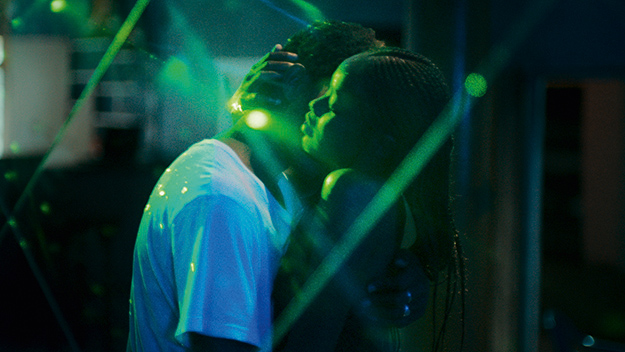
Atlantics (Mati Diop, 2019)
I read that your preparation for Portrait of a Lady on Fire included looking at paintings in the Louvre and other museums in Paris with Céline Sciamma and Hélène Delmaire, who created Marianne’s artworks for the film.
Our goal in visiting museums together was to find Marianne’s painting style and develop the film’s look from there. We wanted Hélène Delmaire, a contemporary painter the same age as Marianne, to draw on her own tastes and skills while also being faithful to the spirit of the 18th century. One of the painters whose work we looked at was [Jean-Baptiste Camille] Corot, who was given an exhibition in Paris when we were preparing the movie. Corot is a 19th-century painter best known for his landscapes, but he also made some very personal and moving portraits, which convey an intimacy and a sensibility that Céline and I identified with. We also looked at [Jacques-Louis] David’s paintings for their precision and were attracted to the modernity and spareness of [Jean-Baptiste-Siméon] Chardin’s work. Seeing those paintings in person made us aware of their more subtle qualities, like their texture and finish, which inspired us to invent our own painterly touch.
There were two visual moments in Portrait of a Lady on Fire that especially stood out for me: the pan from Marianne’s gaze to Héloïse’s when they’re strolling along the windy cliff-top and the delicately choreographed bedroom shot in which they weave their heads around each other like swans before making love for the first time. How did you work out this symbiotic relationship between the camera and the lead actresses?
Our main concern was indeed to portray the exchange of gazes between the two women and render their attraction palpable on screen, which is particularly true of the cliff sequence you mentioned. The strength of that panning shot lies in the fact that the camera becomes a human observer there and moves in rhythm with the actresses. Céline and I initially considered using a Steadicam operator for the seaside exteriors because they were protected natural areas and therefore difficult locations. But it quickly became unthinkable to us that I wouldn’t frame those shots myself, since they were not only meant to embody the characters’ gazes but also Céline’s and mine.
As for the tableau vivant of the women wrapping around one another, it echoes with an earlier shot—the one where they’re standing so close on the cliff that they obstruct each other’s faces. These were both visions that came to Céline early on, a bit like the premonitory visions that Marianne has of Héloïse throughout the movie. And we thought this sensitive approach to filming female faces somewhat evoked the cinema of Bergman, who excelled at depicting women and their bonds.
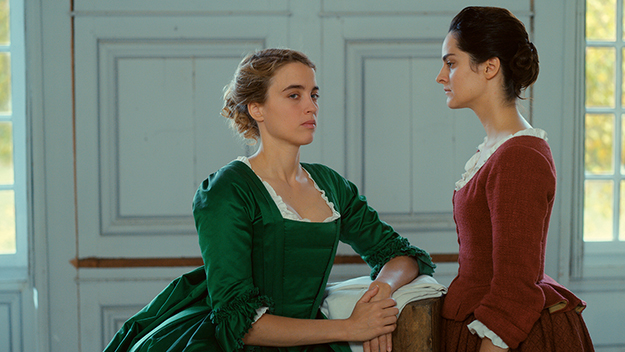
Portrait of a Lady on Fire (Céline Sciamma, 2019)
How did you materialize Marianne and Héloïse’s bond through the lighting?
I was influenced by the portraits that we looked at during our preparation, where you didn’t feel which direction the light came from, but you just saw it emanating from the surface and faces. I tried similarly to sublimate Marianne and Héloïse by enveloping them with light without ever flattening their forms. I wanted to give the impression that they were themselves the light of the film, which created a sense of abstraction reminiscent of paintings.
You mentioned Héloïse’s ghostly apparitions in her wedding dress, which invest the narrative with a supernatural quality. Was it clear to you from the beginning that you would make Héloïse exist in a space between reality and imagination?
Céline and I spoke a lot about Héloïse’s ghostly apparitions, but it was important that we save them for the end of the shoot—we needed to get to know Héloïse as a woman first and make her as present and alive as possible. We had the same desire for vividness when it comes to Héloïse’s ghost, which was almost a way of giving her a new body.
It’s also a way of gradually turning her into a memory.
Yes, that was the essence of the story—the power and anxiety of a present that is already becoming the past.
Was Héloïse’s ghost done on the shoot or in postproduction?
It was done very simply on the shoot not unlike Méliès’s illusions. She would be hidden in the dark, we would light her, she would appear, then we would turn off the light, and she would disappear. The script said that Héloïse disappeared in the shadow of a door as though the light closed off on her, and Céline encouraged me to experience this moment physically, like a gesture, a blinking of eyelids or a passing cloud—something one is not quite sure of having seen.
Translated by Yonca Talu.
Yonca Talu is a filmmaker living in Paris. She grew up in Istanbul and graduated from NYU Tisch.



